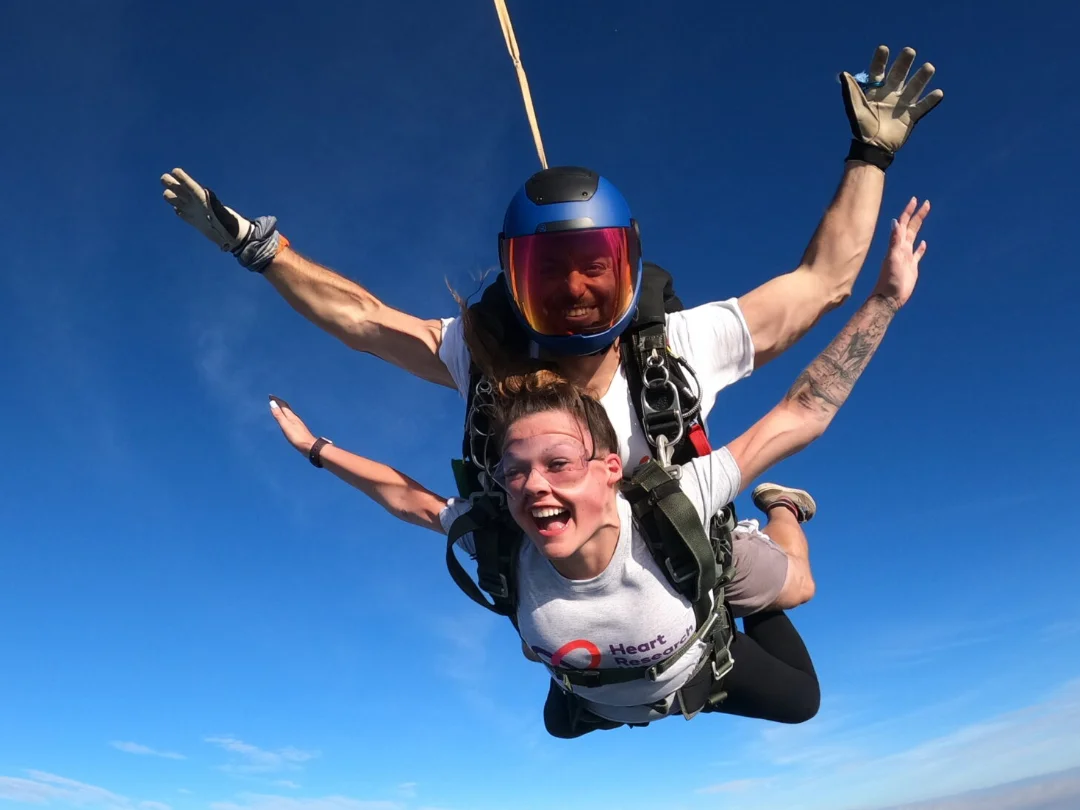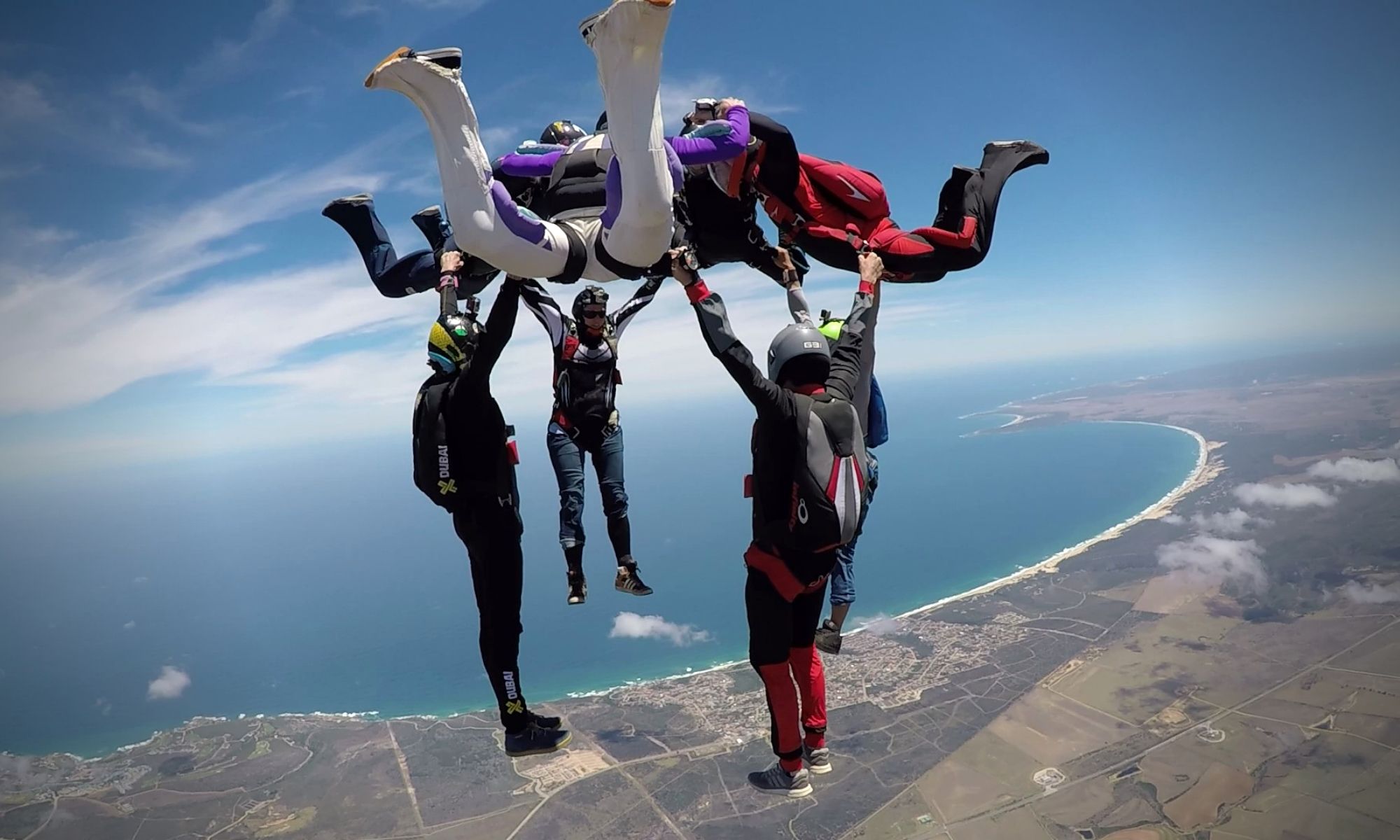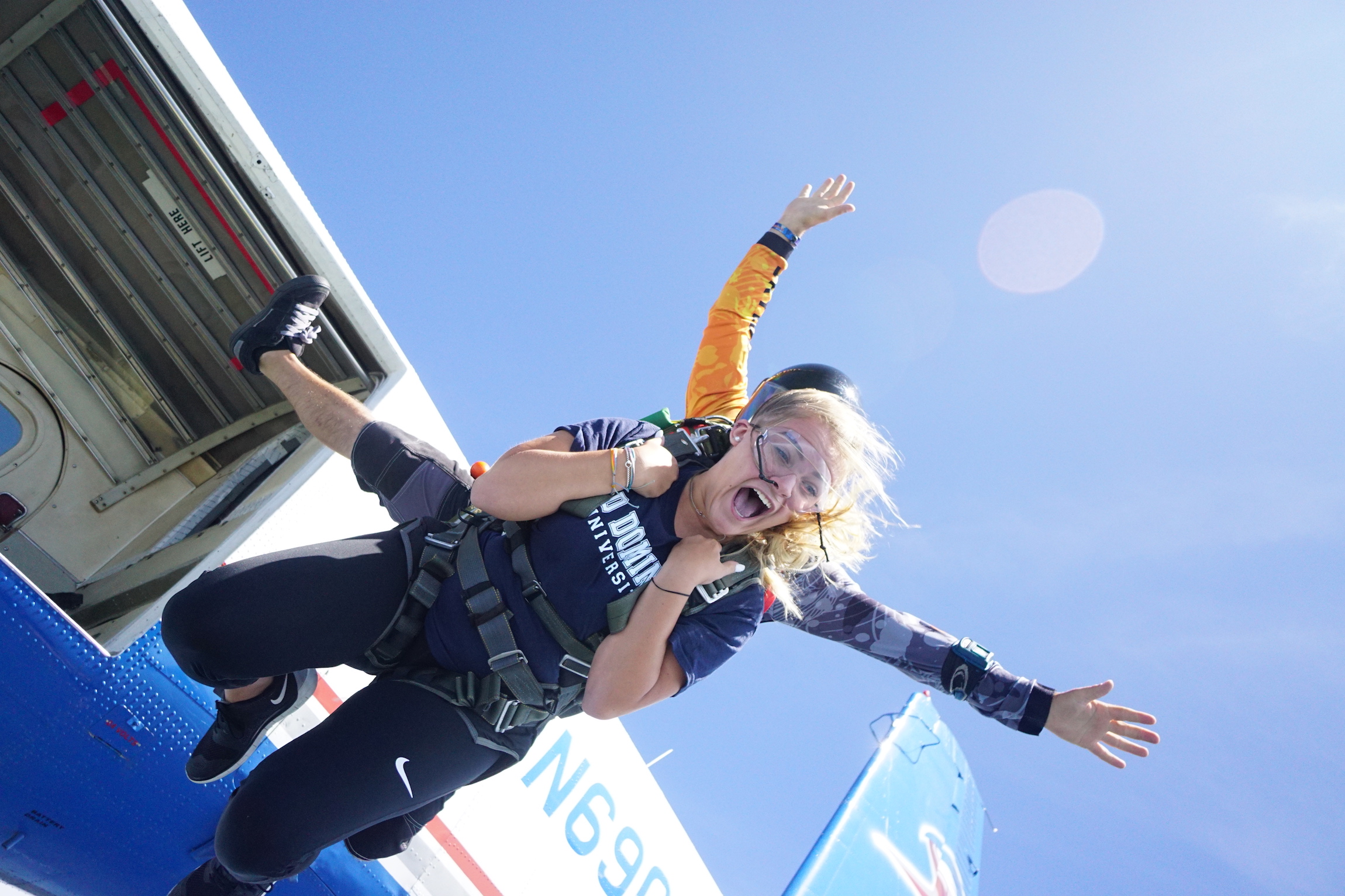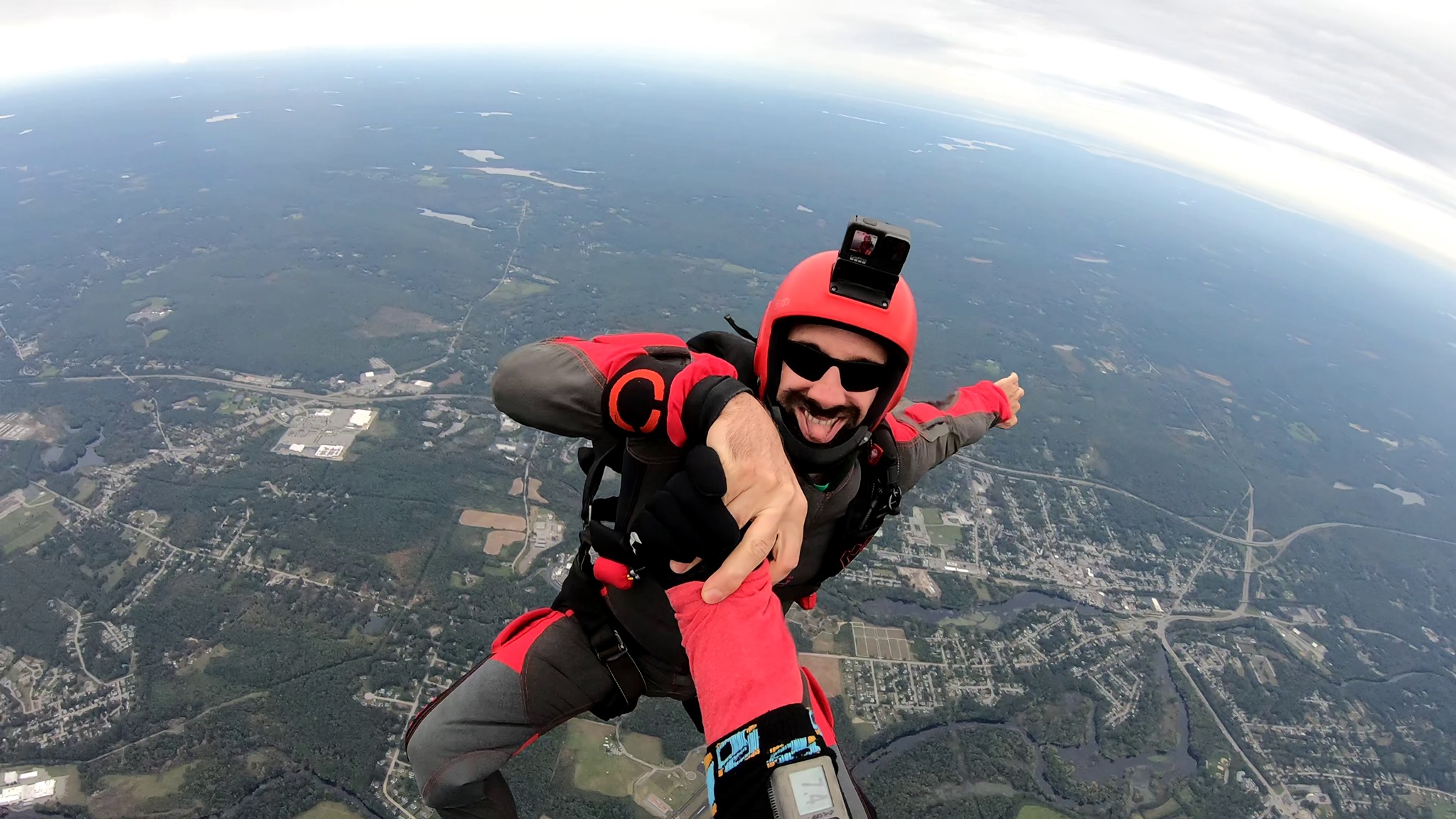Skydiving is one of the most thrilling adventures you can experience, whether you’re an adrenaline junkie, a first-time jumper, or a curious traveler. But one of the most common questions that come up is: “What is the normal skydiving height?” Understanding skydiving height is essential for safety, preparation, and maximizing your experience. In this guide, we’ll explore everything you need to know about normal skydiving height, including fascinating facts, safety considerations, and skydiving heights in India.
- Table of Contents
- What is Normal Skydiving Height?
- Average Skydiving Heights Around the World
- Skydiving Height Restrictions & Safety Measures
- Factors Influencing Skydiving Heights
- Skydiving Height in India
- Fun Facts About Skydiving Heights
- How to Choose the Right Skydiving Height for You
- Frequently Asked Questions (FAQ)
- Conclusion
Table of Contents
What is Normal Skydiving Height?
The normal skydiving height refers to the altitude from which most skydivers jump during recreational jumps. Typically, this height ranges between 10,000 and 15,000 feet (approximately 3,048 to 4,572 meters). The height you jump from affects the freefall time, parachute deployment, and overall thrill.
Here’s a quick reference table for normal skydiving height conversions:
| Height (Feet) | Height (Meters) | Freefall Duration (Seconds) |
|---|---|---|
| 10,000 ft | 3,048 m | 30–40 |
| 12,000 ft | 3,658 m | 45–50 |
| 15,000 ft | 4,572 m | 60–70 |
This range is considered safe for most recreational jumps and ensures an exhilarating freefall experience without additional risks like oxygen deprivation, which can occur at extremely high altitudes.
Average Skydiving Heights Around the World
While normal skydiving heights generally fall within 10,000–15,000 feet, the average skydiving height worldwide is about 13,000 feet (3,962 meters). This height gives skydivers approximately 50–60 seconds of freefall, which is sufficient for enjoying the adrenaline rush and performing basic maneuvers before deploying the parachute.
Is a 15,000 ft Skydive High?
Yes! A 15,000 ft jump is considered a high-altitude recreational skydive. Experienced jumpers often prefer this height for extended freefall, while tandem jumpers still enjoy a safe and exhilarating experience.
Skydiving Height Restrictions & Safety Measures
Safety is paramount in skydiving, and understanding height restrictions ensures a secure jump:
- Minimum Skydiving Height: Most operators require a minimum jump height of 2,500–3,000 feet for tandem skydives. Solo skydives typically start at 10,000 feet.
- Weight Restrictions: Skydiving has weight limits for both tandem and solo jumps to ensure parachute safety. Usually, the maximum weight is around 220 lbs (100 kg), but it can vary.
- High-Altitude Jumps: Jumps above 18,000 feet require supplemental oxygen due to low atmospheric oxygen levels.
- Emergency Measures: Parachutes, automatic activation devices (AAD), and pre-jump safety checks are standard protocols.
Highest Skydiving Altitude Without Oxygen
The highest skydiving altitude without supplemental oxygen is approximately 15,000–16,000 feet. Beyond this, oxygen becomes necessary for safe freefall.
For adventure enthusiasts who love exploring beyond skydiving, underwater activities offer an equally thrilling experience. Check out expert guides and tips on scuba diving and other water adventures at Scoobadive
Factors Influencing Skydiving Heights
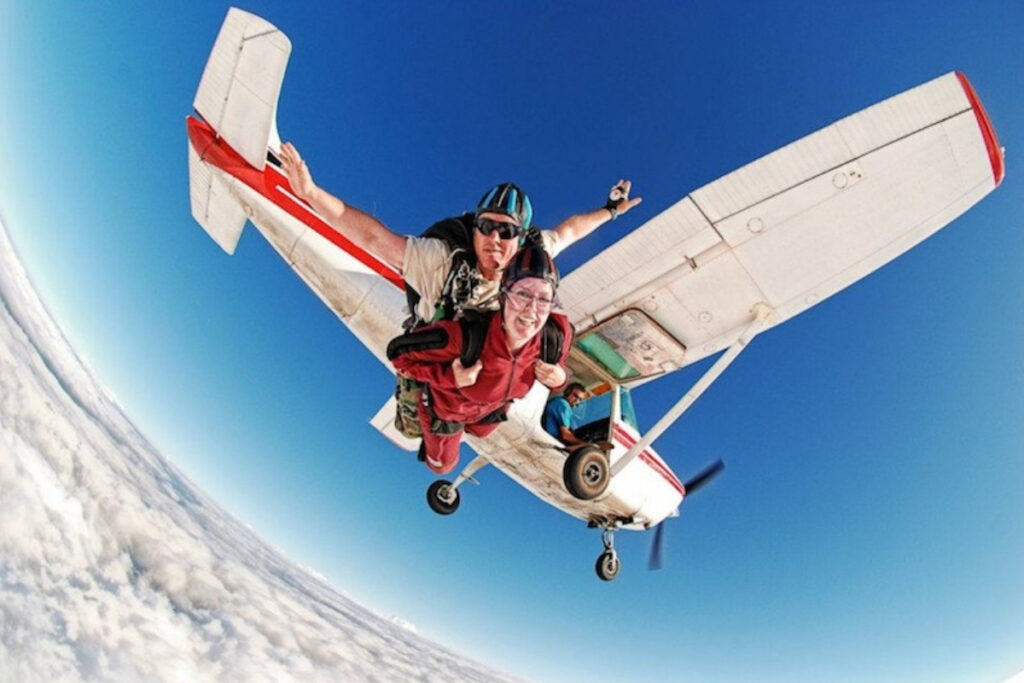
Several factors determine the skydiving height for your jump:
- Type of Jump: Tandem, solo, or AFF (Accelerated Freefall) courses have different height requirements.
- Weather Conditions: Wind, cloud cover, and air traffic can influence the jump altitude.
- Location: Skydiving regulations and airspace restrictions vary by country. For example, India has slightly lower typical jump altitudes compared to Europe or the USA.
Skydiving Height in India
In India, the normal skydiving height for tandem jumps is generally around 12,000–14,000 feet (3,658–4,267 meters), depending on the operator and location. Popular drop zones include Pune, Mysore, and Goa, where certified instructors ensure safety and exhilarating experiences.
When considering skydiving in India, it’s also essential to factor in the skydiving cost. You can find updated prices here: Skydiving Cost India. Prices vary depending on jump height, tandem or solo experience, and the package chosen.
Fun Facts About Skydiving Heights
Here are some exciting facts about skydiving heights you might not know:
- The record for the highest skydive is held by Felix Baumgartner, who jumped from 128,100 feet (39,045 meters) in 2012.
- Typical freefall time at 12,000 feet is around 50 seconds, enough for an exhilarating thrill.
- It is possible to parachute from as low as 400 feet, but these jumps are usually training exercises or emergency landings, not recreational jumps.
How to Choose the Right Skydiving Height for You
Choosing your ideal skydiving height depends on your experience, comfort level, and adrenaline tolerance:
- First-Time Jumpers: Opt for a standard 12,000–13,000 ft tandem jump. It balances thrill and safety.
- Experienced Skydivers: Higher altitudes like 15,000 ft allow for longer freefall and advanced maneuvers.
- Safety First: Always follow instructor guidelines and ensure all equipment checks are complete.
Frequently Asked Questions (FAQ)
Q1: What is the average skydiving height?
A: The average skydiving height is about 13,000 feet (3,962 meters), providing a freefall of 50–60 seconds.
Q2: Normal skydiving height in meters?
A: Typically, normal skydiving heights range from 3,048 meters (10,000 ft) to 4,572 meters (15,000 ft).
Q3: Skydiving height and weight restrictions?
A: Weight limits are usually up to 220 lbs (100 kg) for safety, and minimum jump heights are 2,500–3,000 ft for tandem jumps.
Q4: Skydiving height in km?
A: Normal skydiving height ranges from approximately 3–4.5 km, depending on the jump type and location.
Q5: Can you parachute from 400 feet?
A: Yes, but jumps from 400 feet are rare and primarily used for training or emergency scenarios. Recreational jumps are typically much higher.
Conclusion
Understanding the normal skydiving height is essential for every adventure seeker, first-time jumper, and traveler. From safety measures to freefall duration, the height you jump from affects your experience. In India, most tandem jumps occur between 12,000–14,000 feet, offering an exhilarating but safe adventure. Always choose your jump based on experience, comfort, and safety guidelines.
Ready to feel the rush? Check out the latest skydiving cost in India and book your jump today!
